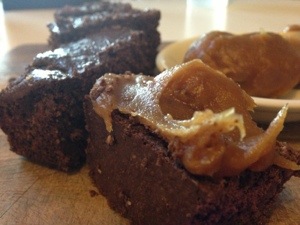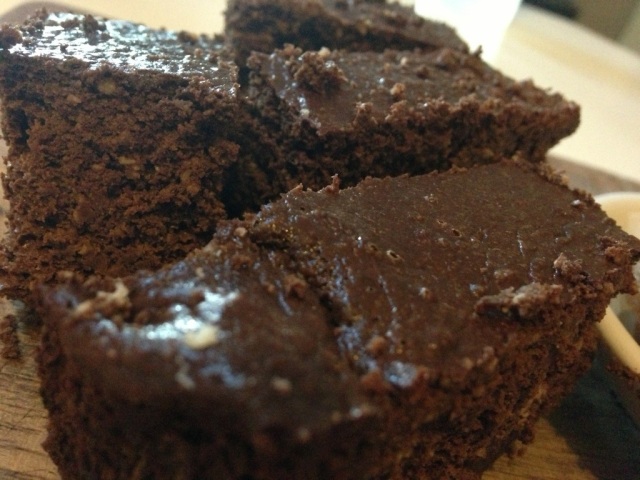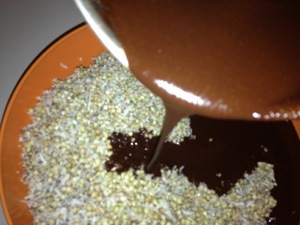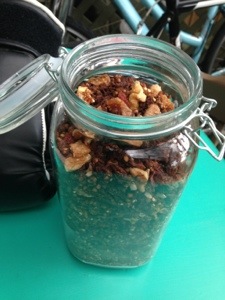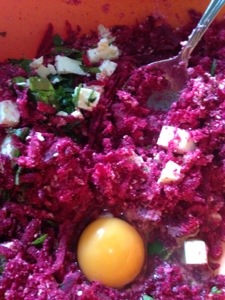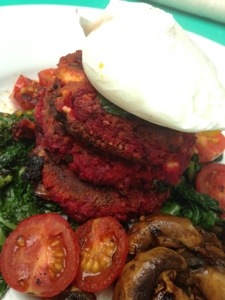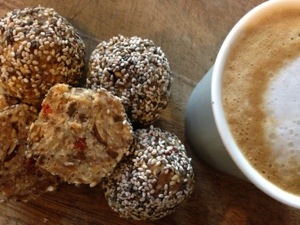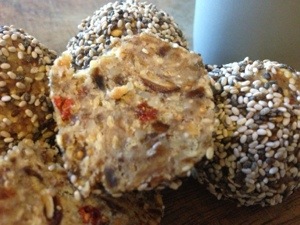Kefir grains… My new probiotic pets.
When I was first given these strange little creatures a couple of years ago (thanks Raul!) I have to admit I failed miserably as a responsible kefir carer.
The thought of allowing milk to sit at room temperature and host a community of proliferating cultures I knew nothing about did not sit well with me… And I also neglected them, leaving them to starve while I was away on holidays in NZ.
Round 2. After finally understanding why fermented foods are so important I was given another chance to be the proud parent of new kefir babies (thanks again Raul!!) and I’m proud to say they are thriving, I feel fantastic and they are slowly making their way into the homes of my colleagues and friends … It’s a kefir revolution!
So why is kefir so good for you?
Kefir has more strains of beneficial bacteria and good yeasts – over 50 whereas yogurt only has 7 to 10.
It is a rich source of many different vitamins, minerals and essential amino acids that promote healing and repair, as well as general health maintenance.
Even lactose-intolerant individuals can get into kefir, because the “good” bacteria have digested the lactose in the milk. For example, the actual lactose left in kefir is 1% or less. So, kefir is 99% lactose free.
Kefir grains are healthiest in raw cows milk, providing probiotics in itself, however mine are thriving in coconut milk and I think it works beautifully, transforming the milk into a rich yogurt I can use in smoothies or eat straight up.
Once you get over the idea of live bacterial communities devouring milk in your pantry while you sleep… Maintaining kefir is a fascinating and rewarding ritual that will really change how you feel.
Read more about how it promotes positive gut health here:
http://chriskresser.com/kefir-the-not-quite-paleo-superfood
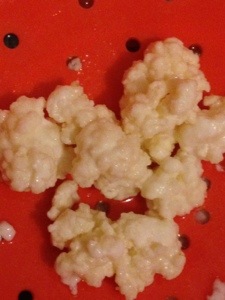
To make kefir:
Place kefir grains in milk (ratio about 20:1 milk:kefir)
Leave for 24-48 hours in a dark place at room temp.
Strain and keep in fridge (will last a long time, just add new kefir to this) and place kefir grains in new clean jar with fresh milk – that’s it!
Don’t use anything metal when handling your kefir – they don’t enjoy it.
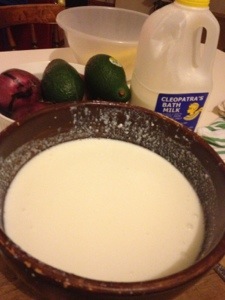
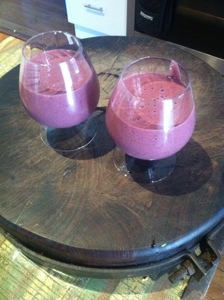
(Tara’s Debut Kefir Berry Smoothie)
-33.471249
151.424418

